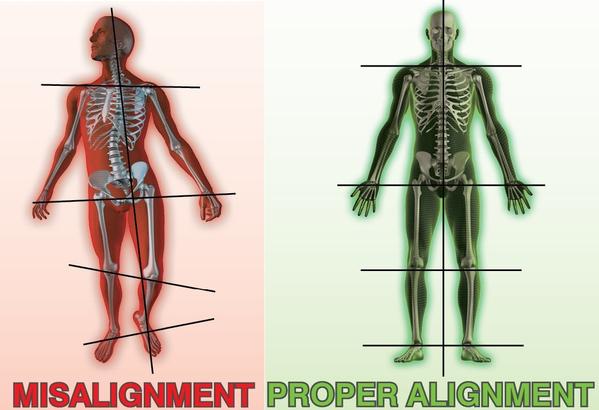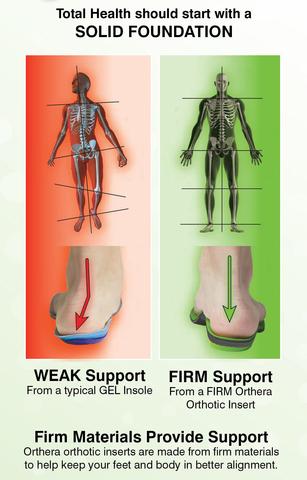What is Biomechanical Engineering?

Imagine that your footwear is a machine that works for you, helping to align your tendons, stabilize your joints, and help prevent your feet from flattening, while evenly distributing your weight.
This is precisely what Orthera has created with our biomechanically engineered approach to orthotic inserts. But what is biomechanical engineering? Biomechanics is a science that fuses the principles of mechanical engineering with human biology and kinesiology. By incorporating biomechanics into our design, emphasizing shock-absorption, arch support and heel stabilization, Orthera has created orthotic inserts that fit seamlessly into your current footwear.
Orthotic Inserts vs Insoles
It’s important to understand that Orthotic inserts are not the same as insoles. Gel-based insoles may feel comfortable, but they are not designed to offer any real support to your feet or lower body. Orthotic inserts are biomechanically designed to be soft enough to cushion your joints, yet firm enough to support your arches and align your body.
Orthera’s precision design process provides an alternative to expensive prescription orthotics for the price of an insole. Whether you’re looking to prevent pain or improve athletic performance, Orthera orthotic inserts will help you achieve a better life through biomechanics.
Why Choose Orthotic Inserts?
The average person takes more than 2,500 steps per day. When you experience pain in your feet, back or other parts of your body that impairs your ability to walk comfortably, your entire lifestyle is affected. Arch collapse, also known as over-pronation, can lead to damage that extends well beyond your feet.
If left unsupported, your feet will absorb unhealthy strain throughout the day. This forces the rest of your body to compensate. The energy used to pay for poor weight distribution can also sap your endurance and strength.










Leave a comment (all fields required)